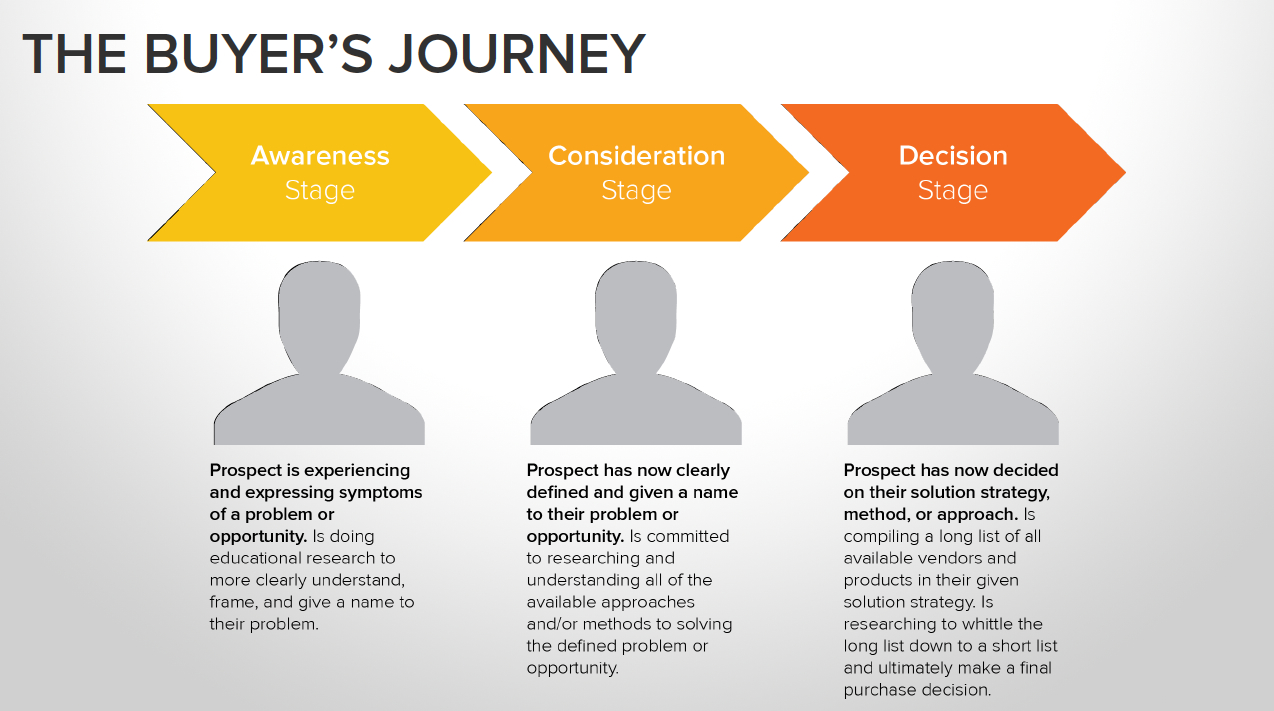Why sales enablement should be part of your marketing strategy

Smarketing: The process of integrating the sales and marketing processes of a business. The objective is for the sales and marketing functions to have a common integrated approach.
Sales enablement could be the missing piece to get sales and marketing on the same page. It seems like since the dawn of time, sales and marketing have been on the complete opposite side of the spectrum. Sales thinks marketing does not get it (how sales really happen). Marketing feels like their efforts are not being recognized. Inherently both departments have the same goal, revenue growth. So, why is it so hard to get everyone on the same page?
Typically, the marketing and sales divide stems from differing ideas on what tactics are best to achieve those goals, determining who is responsible for certain tactics, and lack of coordination between departments. Marketing is focused on data and engagement. Tactics and strategies such as content development, inbound campaigns, media relations for example. The disconnect between marketing and sales becomes apparent when the benchmarks for marketing success are all measured by tasks and activities. Sales managers and CEOs cringe when marketing talks about blogs, SEO, and trade show engagement. We hear it every day, Just bring in better, more qualified, sales-ready leads!” What they are not saying is “Sales does not have time for anything that does not impact revenue.”
According to Forbes Magazine, B2B customers today are more than 70% of the way through the decision-making process before ever calling a sales representative. Then let me ask you this, which department’s strategies impact the buyer more during the first 70% of their interaction? If you just fell off your chair and realized it’s marketing, you’re not alone. Sales spending on tactics such as automation and CRM usually outpaces marketing 3 to 1.
Are you rethinking the importance of marketing’s role? Getting the two departments on the same page is not easy. You have decades of mistrust and misconceptions to overcome.
Three steps to bring your sales and marketing departments in alignment
- You must agree on who your targeted prospects are and what motivates them to buy from your company. Spend the required time on buyer persons. Why Developing Buyer Personas is Invaluable for Manufacturers
2. Determine which leads stay with marketing as Marketing Qualified Leads (MQL’s), and which leads are sales-ready (a lead developed enough to hear from a salesperson) as Sales Qualified Leads (SQL’s). See this case study on how this is done.
3. Have a clear and established Service Level Agreements (SLA’s) between marketing and sales. If marketing does their job and agrees to develop X amount of SQL’s to sales, will sales agree to contact each and every lead by a benchmarked and agreed amount of time? See the State of Inbound article about alignment and SLA’s). Read the article here.
Too many terms? Need a political go-between departments? Let our team be your buffer and co-pilot through the process. We’re happy to share our experience and show you how others are impacting revenue growth with a few well-coordinated discussions.



